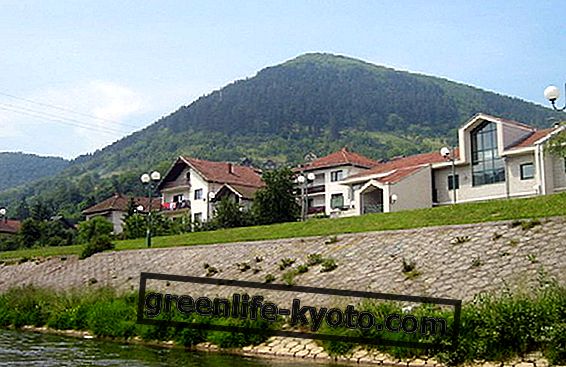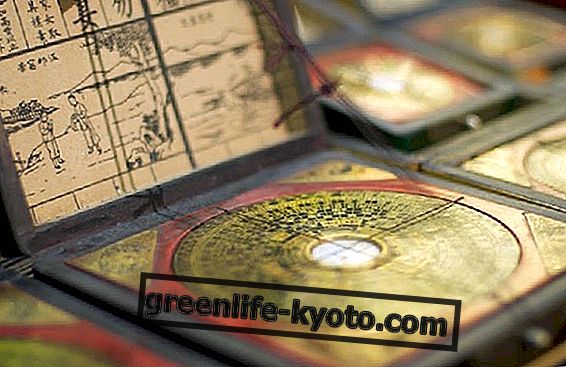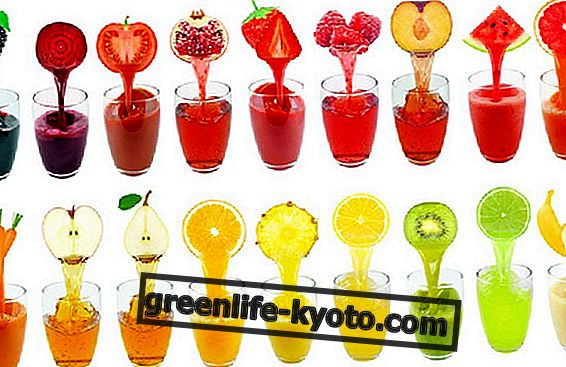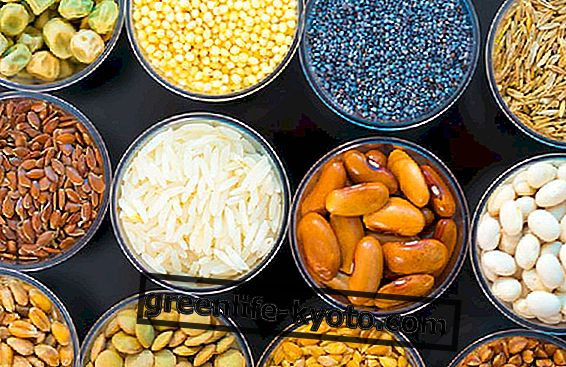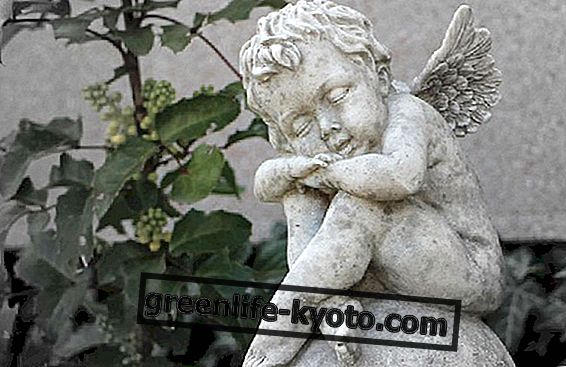
The longing for the past (sweetened by its harshness) is a trend that is constantly growing: despite all the technology and gadgets we have, the sense of emptiness unfailingly widens.
The detachment from nature, the frenetic rhythms of everyday life, the alienation of many people are slowly opening the way to new proposals, to different existential paths to respond to the sense of growing unease : ecology, resilience, nature, simplicity, sustainability are just some of the key words of this new philosophy, truly providential if we want to continue living on this planet in physical and mental health.
Yoga, after all, is an aspect of this research: a gentle, deep, non-competitive discipline that escapes crowded gyms and the thirst for mere outward appearance. It is a symptom of a poliforme tendency in its essence which is expressed also in apparently unthinkable ways.
Another example?
The great return of knitting !
The fabulous world of knitting
Yes, we are talking about knitting with knitting needles and crochet, the one of our grandmothers! Incredibly, today it is considered a super trendy pastime that has infected famous Hollywood stars and not just women: it seems that even Gladiator Russell Crowe has been bitten by passion!
Beyond this cheap datum, it is certainly eloquent that such a hobby is making its way in such a positively overbearing way: finally - perhaps - it will put the smartphones aside for a while or turn off the PC to devote to a creative pastime, both group and solitary, highly relaxing .
Indeed, we could say meditative: studies show how knitting can be a formidable antistress, reduce anxiety and, if desired, increase self-esteem by encouraging us to create something out of nothing with our hands.
It is certainly positive that there is a growing need to engage in activities that stimulate the imagination, that loosen tensions and that are real and not virtual. Activities based on slowness, patience and the ability to share: around the knitting, real communities or groups of friends come together to get together to exchange tips, schemes, simply to chat while knitting. All of this marks a return to vintage forms of communication that are sometimes more authentic than Facebook.
Last but not least, the fashion of knitting will also save this ancient art from oblivion: certainly today people do not have much time to devote to the protection of these manual skills, but they constitute an intangible heritage, a precious knowledge that it would be appropriate to protect and pass on.
Start now and you can pack your handmade Christmas present!
As you may have guessed, the writer is a knitter (knitter) so my enthusiasm is perhaps a little biased.
And yet, practices like knitting, like yoga, make the great gift of bringing us to the present, of moving away from the difficulties of everyday life and the obsessively competitive rhythm that characterizes the Western system. They offer us the opportunity to rediscover genuine simplicity and frugal sharing based on exchange and creativity.
... Isn't it time to try it too? Christmas is near is with a little practice very soon you can make your first grilled scarf!

